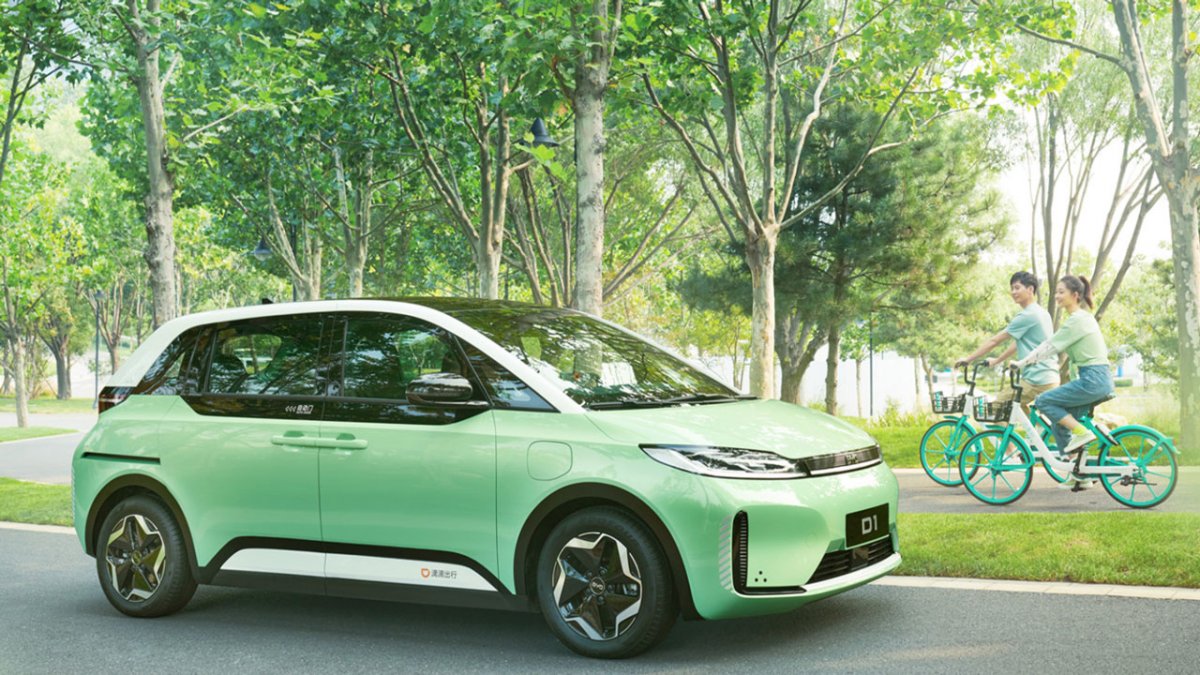heise + | Iron Age: How LFP cells are changing the battery market for electric cars
Source: Heise.de added 28th Dec 2020An iron phosphate cell is comparatively large and heavy. Nevertheless, Tesla and Volkswagen want to advance this development, and for good reasons.
The BYD models D1 (in the picture) and the premium sedan Han are delivered with LFP cells. These are built directly into the outer crash shell. This is called Cell-to-Pack (CtP). BYD itself speaks of the “blade battery”. Well-made low-tech competes with nervous, high-end cells.
(Image: BYD Didi)
Of
Christoph M. Schwarzer Iron Age: How LFP cells are changing the battery market for electric cars One goal: reducing costs Cycle-stable and thermally robust Cell-to-Pack Confusion at Tesla Two million kilometers or 16 Years Duration: Herbert Diess, Chairman of the Board of Management of Volkswagen AG, has come to terms with these figures publicly commented on the benefits of lithium iron phosphate cells. This cell chemistry (LFP abbreviation) has a low volumetric and gravimetric energy density, but it is still “optimal for many applications,” says Diess at LinkedIn. “Volkswagen is planning for the Small BEV with cobalt-free LFP batteries.” That is an announcement and a promise.
One goal: reducing costs Small BEV, i.e. the small battery-electric car from Volkswagen, the series ID.1 and ID.2, depending on the source, times 2023 or 2025 come on the market. An affordable electric car needs inexpensive cell chemistry. It is true that the costs of storage can also be reduced through productivity gains. But the cathode materials of the currently common NMC battery cells are expensive: Nickel is more than 14. 000 euros per ton, and rising. The cobalt rate fluctuates around 27. 000 Euro per ton. The auto industry is hoping for a price reduction of up to 07 Percentage per kilowatt hour of battery capacity at system level, for example 80 instead of 100 Euro per kWh.
Volkswagen boss Herbert Diess announces LFP cells for the “Small BEV” (ID.1 and ID.2). In the case of small and micro cars, the maximum range is less important than the price. Industry circles are certain that LFP cells will not be restricted to these segments.
(Image: Schwarzer)
LFP cells are proven and have long been considered obsolete in the automotive industry because they cannot keep up with modern NMC cells in terms of energy density. Put simply, LFP cells need more installation space to achieve the same range, and the already weighty electric car is even heavier. Constructing a battery system is basically a consideration.
Access to all contents of heise + exclusive tests, advice & background: independent, critically sound c’t, iX, Technology Review, Mac & i, Make, c’t Read photography directly in the browser register once – read on all devices – can be canceled monthly first month free, then monthly 9, 95 € Weekly newsletter with personal reading recommendations of the chief editor Start FREE month Start FREE month now heise + already subscribed?
Register and read Register now and read the article read immediately More information about heise + Iron Age: How LFP cells are changing the battery market for electric cars One goal: reducing costs Cycle-stable and thermally robust Cell-to-Pack Confusion at Tesla
brands: Advance Boss Built Chief Han Micro Million NMC Premium Space Volkswagen media: Heise.de keywords: Review Sound
Related posts
Notice: Undefined variable: all_related in /var/www/vhosts/rondea.com/httpdocs/wp-content/themes/rondea-2-0/single-article.php on line 88
Notice: Undefined variable: all_related in /var/www/vhosts/rondea.com/httpdocs/wp-content/themes/rondea-2-0/single-article.php on line 88
Related Products
Notice: Undefined variable: all_related in /var/www/vhosts/rondea.com/httpdocs/wp-content/themes/rondea-2-0/single-article.php on line 91
Warning: Invalid argument supplied for foreach() in /var/www/vhosts/rondea.com/httpdocs/wp-content/themes/rondea-2-0/single-article.php on line 91
